
All categories
Featured selections
Trade Assurance
Buyer Central
Help Center
Get the app
Become a supplier

(2751 products available)















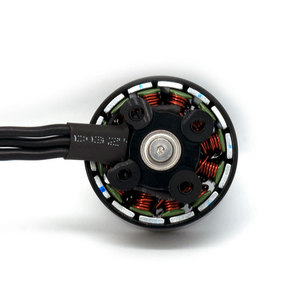


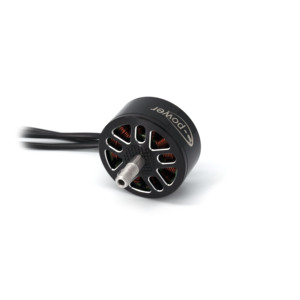





















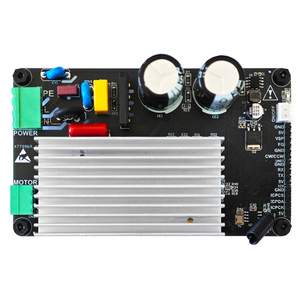

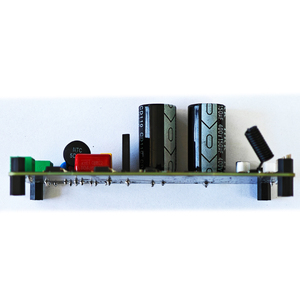
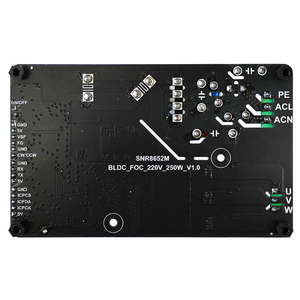

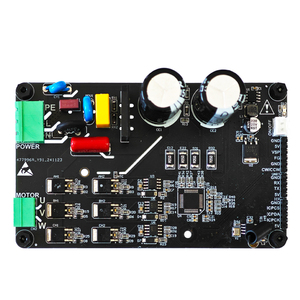
BLDC sensorless motor controls include various types based on application and required functionality. The main difference is in the commutation method, using different signals to control the motor.
Trap Commutation
Trap commutation is often employed in stepper motors where position holds with minimum power consumption is required. In this technique, the currents are gradually reduced and balanced in an opposing phase. This helps in locking the rotor in place during operation. The trap technique is mainly used in low-power, low-speed applications where precise holding torque is necessary.
Block Commutation
In block commutation, the phases are excited one at a time in a fixed sequence. It is less complex but also less efficient compared to other methods. This commutation is mainly used in applications where low cost is more important than efficiency or high performance. These include small fans or simple pump systems.
PWM Commutation
PWM or pulse-width modulation commutation controls the motor by varying the width of the pulses sent to the phases. This allows fine speed control and efficient use of power. PWM is widely used in various applications including electric vehicles, industrial equipment and consumer electronics. Here, speed control and energy efficiency is critical.
Sine Wave Commutation
Sine wave commutation uses a sinusoidal wave pattern instead of square waves for commutation. It provides smoother motor operation with less noise and vibration. This technique is mainly used in high-performance applications that include electric vehicles, medical devices and robotics. In these applications, smooth operation and high torque are critical.
AN Commutation
Also known as Antinode commutation, AN commutation is a method where the rotor position is determined by using back EMF. It allows for precise control even at low speeds. AN commutation is useful in applications where low-speed performance and precision are important.
Automotive Industry
BLDC sensorless motor controllers have widespread use in the automotive industry. They are widely used in electric vehicles (EVs). They control the electric drive systems with features like increased reliability, reduced maintenance and improved energy efficiency.
Consumer Electronics
Such controllers are commonly found in consumer electronics. These include cooling fans, washing machines and electric toothbrushes. In these applications, features like low noise, high efficiency and long lifespan are critical. Sensorless controllers are used to extend battery life and improve performance.
Industrial Equipment
In industrial automation and robotics, BLDC motors with sensorless controllers offer precise control and high reliability. These motors drive conveyor belts, robotic arms and other automated machinery. In this case, the maintenance requirements are reduced to keep the system running seamlessly.
Renewable Energy Systems
BLDC motors are employed in wind turbines and other renewable energy systems to convert kinetic energy into electrical energy. The sensorless controllers make it easier to extract energy at different wind speeds. This optimizes the turbine operation in varying environmental conditions.
Medical Devices
In medical devices such as pumps and ventilators, reliability and precision are crucial. The BLDC motors with sensorless controllers offer smooth operation and minimal noise. This ensures the devices function properly without causing discomfort to patients.
Technical Specifications
BLDC sensorless motor control features like voltage range, maximum current, PWM frequency and operating temperature range vary by application requirement. The features are important for ensuring the controller operates efficiently within its intended environment. BLDC motors have various power ratings. The power ratings define the size and application of the motor. Various ranges of power ratings include small household appliances and industrial machinery.
Key Features
Back EMF commutation eliminates the need for additional rotor position sensors by using back EMF generated in the motor. This reduction in component count saves space and lowers system costs. This feature is especially important in consumer electronics and compact electric vehicles where design space is limited.
Multi-phase control allows the sensorless controllers to operate multiple phases, providing smoother torque and better performance. While most simple setups only use three phases, complex industrial motors may require more than four to improve efficiency and power.
Variable speed control enables the controller to adjust the motor speed according to demand. It provides flexibility for various applications from simple fans to complex robotic systems. Regenerative braking captures excess energy during braking or deceleration. It is then fed back into the system to improve energy efficiency. This is critical for electric vehicles and other battery-powered devices.
How to Install
The first step in installing a BLDC motor is to mount the motor securely to its designated location. Ensure the motor mounts are stable and aligned with the device's design. This will minimize vibrations and enhance operating life. Next connect any load or mechanism the motor will drive. This might be a fan blade, conveyor belt or a wheel. Ensure the motor shaft is properly coupled with the load to prevent slippage or damage. After mounting and load connection, the controller needs to be mounted in a safe and accessible location. It should be protected from moisture and extreme temperatures.
Maintenance and Repair
Regular inspections of the BLDC motor involve checking for signs of wear or damage. These include unusual noises, vibrations or overheating. Catching these signs early will prevent future issues. The mounting hardware and connections should also be checked periodically. Ensure they remain tight and free from corrosion. Maintain proper lubrication on any coupled mechanical parts.
Quality Considerations
Quality BLDC motor controllers ensure reliable and efficient motor operations. Help prevent equipment failures. High-quality components also ensure the controller can handle varying loads. These range from light household tasks to heavy industrial applications.
Low-quality controllers overheat or become damaged when faced with unexpected load changes. This causes downtime. Quality controllers also provide consistent performance. They ensure steady speeds and smooth operations. This is paramount in applications where precision is critical, such as medical devices or robotics.
In selecting a controller, go for one with a robust build. Ideally, it should be one that can withstand harsh environments. This is especially critical for industries like mining or manufacturing. Controllers with good seals against dust and moisture have a longer lifespan.
Safety Considerations
BLDC controllers must have overcurrent protection. This keeps the motor from drawing too much power and possibly overheating or damaging other components. Similarly, overvoltage protection will cut off power if the voltage surges to dangerous levels. This helps in preventing equipment failure and personal injury.
In systems that operate frequently or under high loads, thermal management is key. BLDC motor controllers with efficient heat dissipation are critical. They prevent the unit from overheating. Many quality controllers incorporate heatsinks or fans to manage temperature.
Short circuits are a major concern in any electrical system. Controllers with built-in short circuit protection help in preventing fire hazards and equipment damage. In environments where dust, moisture or other contaminants are prevalent, ensure the controller has proper sealing or conformal coatings. These will protect the internal circuits from potential hazards.
Answer: It is a system that controls a brushless DC (BLDC) motor without relying on physical sensors to detect the motor's rotor position. Instead, it uses back EMF (Electromotive Force) from the motor coils to estimate the rotor position. This helps in commutating the motor efficiently. Sensorless controllers are simpler, more compact and often more cost-effective than their sensor-based counterparts. They are especially advantageous in applications like electric vehicles, fans and power tools.
Answer: The controllers incorporate various materials with each serving a distinct purpose. These materials also impact the controller's efficiency, durability and overall performance. Aluminium is the material of choice for heatsinks and housings because it offers a nice balance between weight and heat dissipation. Copper is used in windings and stator cores due to its excellent electrical conductivity.
Iron or silicon steel laminations are in the stator cores. They provide magnetic pathways with minimal energy loss. Integrated circuits in controllers utilize semiconductors, primarily silicon or silicon carbide (SiC). They have efficient switching capabilities while managing power levels. Robust plastics and composites are used for housing the controller. They provide structural support while preventing electromagnetic interference (EMI).
Answer: These controls feature several advantages. One of the most notable features is increased energy efficiency compared to brushed DC motors. The reason is that they do not have brushes that cause friction and energy wastage under different motor loads.
They also have longer operational lives due to reduced maintenance from the absence of brushes. This makes them more cost-effective in the long run. More so, they offer higher torque and speed and allow precise speed control. This will enable them to handle a variety of applications ranging from electric vehicles to industrial machinery and household appliances.
Answer: Various factors influence the effectiveness and efficiency of these motor controls. The first is application requirements. The operational conditions and load requirements of the application dictate whether a signal-based or sensorless BLDC motor is ideal. Operational environment is another factor to consider. Is the motor to be used in an environment exposed to dust, moisture or extreme temperatures? One should consider a motor controller that offers enhanced protection and durability.
Other consideration factors include scalability and flexibility, integration with existing systems and maintenance and support. Buyers should ensure that the motor control system can accommodate new technologies or additional components. This will help in keeping it adaptable to future needs. Lastly, one should go for controllers from reputable manufacturers. They have robust customer support and documentation. They will help in ensuring a smoother integration process.